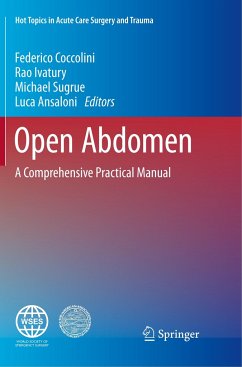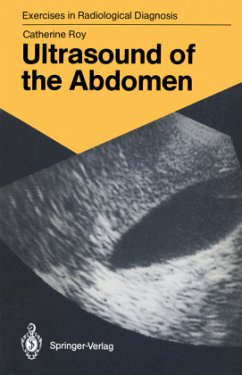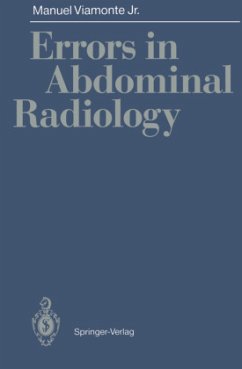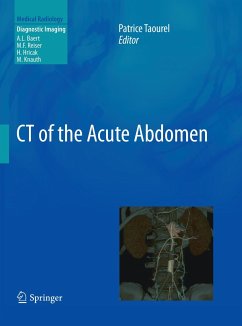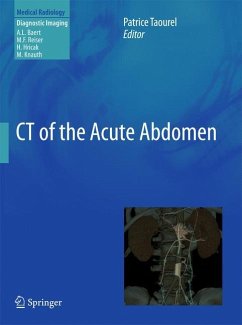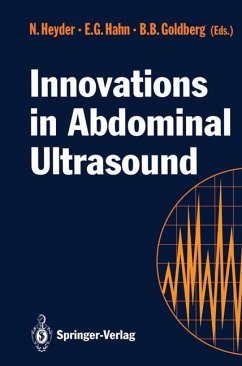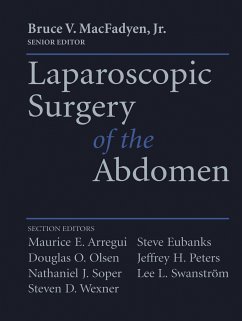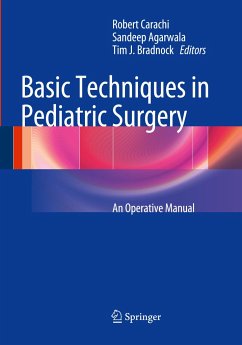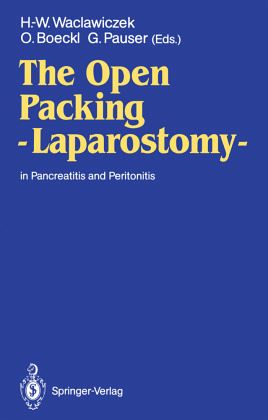
The Open Packing - Laparostomy -
In Pancreatitis and Peritonitis
Herausgegeben von Waclawiczek, Hans-Werner; Boeckl, Oskar; Pauser, Gernot

PAYBACK Punkte
39 °P sammeln!
The continued high mortality (up to 70 %) in patients with necro tizing pancreatitis and diffuse peritonitis has led to the develop ment of various surgical strategies within the past few decades. Up to the present decisions about the management of these disea ses have been rather difficult because of the individual courses differ considerably, even being incomparable. Today, as a result of our in creased knowledge of the pathophysiology, the impro ved imaging procedures, and the standaridized intensive care, the rend is moving toward delayed surgical intervention. The goals in the surgical tr...
The continued high mortality (up to 70 %) in patients with necro tizing pancreatitis and diffuse peritonitis has led to the develop ment of various surgical strategies within the past few decades. Up to the present decisions about the management of these disea ses have been rather difficult because of the individual courses differ considerably, even being incomparable. Today, as a result of our in creased knowledge of the pathophysiology, the impro ved imaging procedures, and the standaridized intensive care, the rend is moving toward delayed surgical intervention. The goals in the surgical treatment of necrotizing pancreatitis and diffuse peritonitis are still surgical removal of the focus of infection, elimination of endotoxins by lavage, and optimal drainage of the peritoneal cavity. Depending on the patient's general condition this cannot always be achieved in the first surgi cal intervention. A number of surgical methods have therefore been developed, such as postoperative dorsoventral lavage, step by-step lavage therapy, postoperative closed continuous perito neal lavage, and open treatment (laparostomy). The last-mentioned method ist not new; it was first described by KOR'J;E in 1894 for the treatment of necrotizing pancreatitis. However, due to the progress in intensive care medicine (long term respiratory therapy, hemofiltration, etc.) in the last few years this method of management has become successful and gai ned in recognition.





